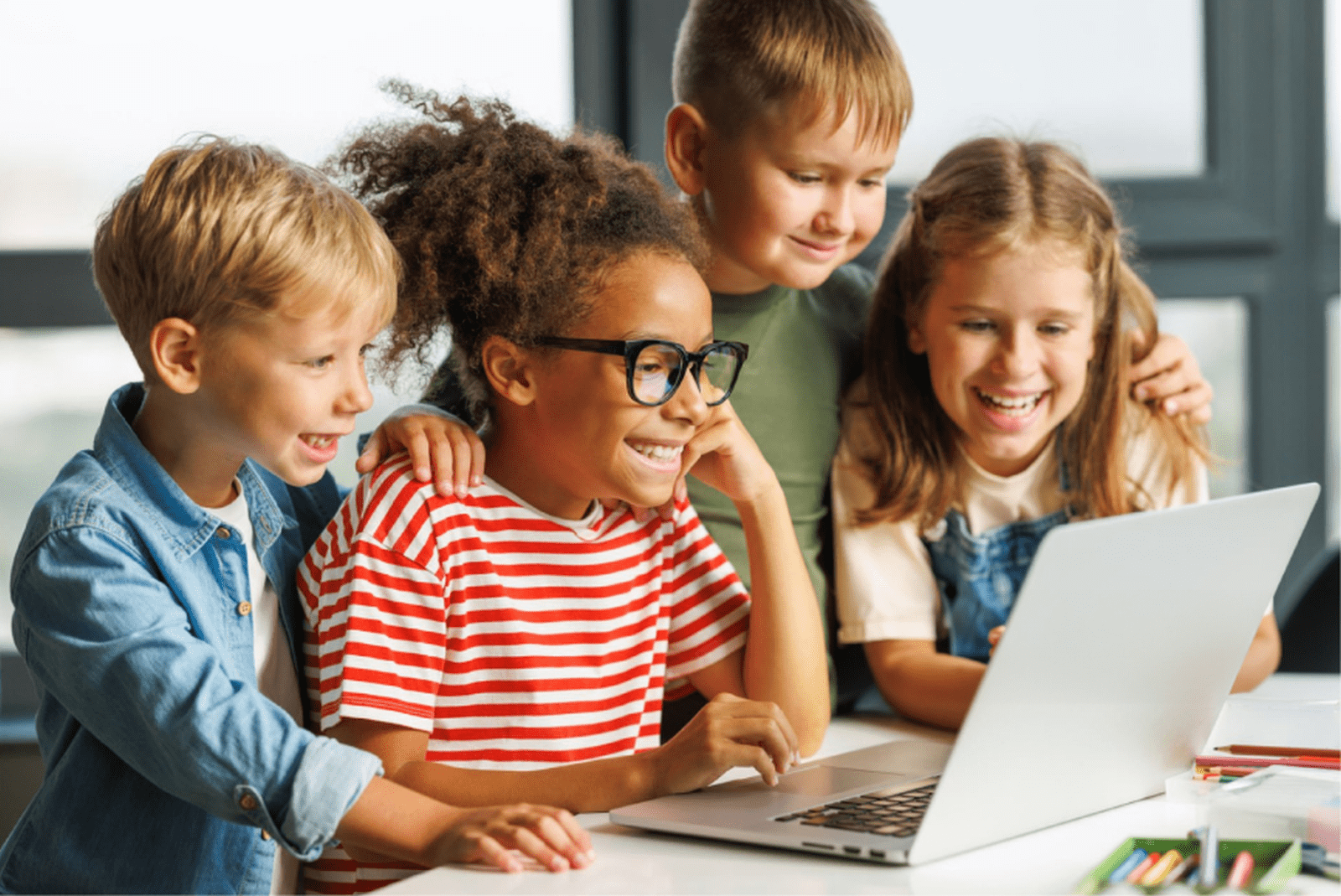Animation is not just entertainment but a powerful tool for fostering imagination in children. Creating cartoons and working with animation opens new horizons for young minds, supporting their creative and intellectual growth. In this article, we will explore how animation contributes to the development of imagination in children and why it is an important part of their learning and development.
1. Creating Unique Worlds
Animation allows children to create unique and fantastical worlds that do not exist in real life. Through animation, they can:
- Develop Original Characters: Children can invent and draw their own characters, endowing them with special traits and abilities.
- Construct Imaginary Landscapes: Creating different scenes and environments enables children to express their creativity and imagination.
2. Developing Storytelling Skills
Working on animation helps children develop storytelling and story structuring skills. They learn to:
- Create Scripts: Children develop storylines and scripts for their cartoons, improving their ability to plan and organize ideas.
- Advance Plots: Animation teaches children to create coherent and logical stories, working on their development and climax.
3. Fostering Creative Thinking
Animation stimulates creative thinking by allowing children to experiment with different concepts and ideas:
- Using Various Styles: Children can try different artistic styles and techniques, broadening their understanding of how ideas can be visualized.
- Finding Unconventional Solutions: Animation often requires finding original solutions for depicting ideas, which develops the ability to think outside the box.
4. Improving Fine Motor Skills and Attention
Creating animation requires precision and attention to detail, which enhances children’s fine motor skills:
- Working with Tools: Drawing and animating help develop fine motor skills in their hands.
- Accuracy and Focus: Working on frames and details requires high levels of concentration and accuracy, improving attentiveness.
5. Boosting Self-Confidence
Children who create their own animations experience pride in their achievements, which boosts their self-confidence:
- Sense of Accomplishment: Seeing the results of their work makes children feel satisfied and proud of their creations.
- Receiving Feedback: Showing their cartoons to friends and family helps children receive positive feedback and strengthen their confidence in their abilities.
6. Enhancing Social Skills
Animation can also contribute to the development of social skills, especially when working in groups:
- Teamwork: Collaborating on animation projects teaches children to cooperate and work as part of a team.
- Idea Exchange: Children learn to discuss and exchange ideas, which develops their communication skills.
Conclusion
Animation plays a crucial role in developing children’s imagination, providing them with the opportunity to create their own worlds, develop storytelling skills, and engage in creative thinking. It helps improve fine motor skills and attention, boosts self-confidence, and enhances social skills. Engaging children in animation creation helps them develop a range of valuable skills and stimulates their creative potential.

